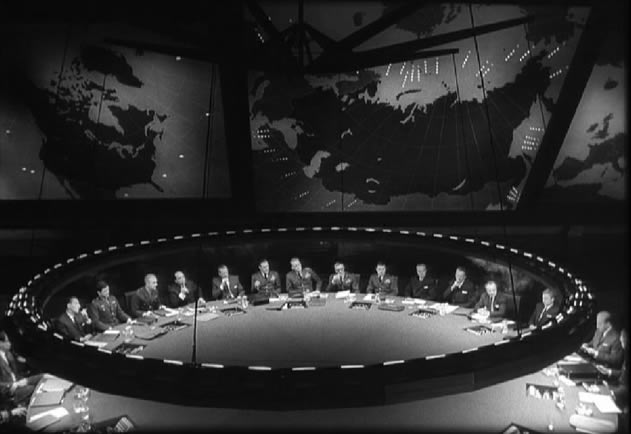By John Weeks.
Street in Camden, New Jersey. The American dream in real time. (from Wikipedia).
As long as I am on to anniversaries, I have another for you (the New Deal last time, see the three TRNN videos and read my previous 99%’er, “A Day for the 99%”). Fifty years ago Macmillan published The Other America by Michael Harrington (or 51 depending on your edition, mine says 1963). Along with Rachel Carson’s The Silent Spring, published in late 1962, it gave major impetus to the American radical movement of the 1960s, Harrington for income and wealth distribution, Carson for the environmental struggle.
Join thousands of others who rely on our journalism to navigate complex issues, uncover hidden truths, and challenge the status quo with our free newsletter, delivered straight to your inbox twice a week:
Join thousands of others who support our nonprofit journalism and help us deliver the news and analysis you won’t get anywhere else:
Harrington told his readers, well over one million of them, that a shocking proportion of Americans lived in poverty. Perhaps even more shocking to our sensitivities, he told us that Americans did not live in poverty because of their characteristics or behavior. They found themselves in poverty because of the characteristics and structure of American society.
In 1963 when I was a senior at the University of Texas in Austin it was radical stuff to read that poverty resulted from the failings of society not the failings of the poor. Harrington’s book was frequently cited as one of the influences promoting the creation of Lyndon Johnson’s War on Poverty program, legislated in 1965. At that time I naively assumed that the troglodyte ideology explaining poverty by the poor themselves was gone forever because Harrington changed our mind set. I also rather absurdly thought that poverty itself would become a margin phenomenon in America.
Well, I stand corrected. In the mid-1960s when Lyndon Johnson’s War on Poverty program began, the share of the US population below the poverty income line was about 14 percent. After declining to below 12 percent in 1974, it rose back to 14 by 1981. During the thirty years since 1981 the poverty share reached its lowest value in 2000, at 11.3 percent. In 2011, the last year with the numbers, poverty hit 15.1 percent of the population, higher than fifty years before.
Meanwhile, average income per household rose by 70 percent. This increase is easily read off the chart, where average household income is set as zero in 1981, hitting 70 in 2011, down slightly from the 73 in 2008. Over the same years the poverty share held almost steady. How can income per person go up 70 percent with no discernable impact on poverty?
The third line in the chart provides the answer. Imagine listing every household in the order of its income (sometimes called the size distribution of income). A statistic named the “median” is the income level that exactly divides that list between fifty percent above and fifty percent below. This is often taken as the income of the “representative household”. Over the three decades, 1981 through 2011, the income of the representative household, the one right in the middle, rose by 10 percent.
No advanced mathematics is required to calculate the implication of the income of the bottom half of American households rising by a mere ten percent, and the average for all American households rising by 70 percent. A bit of addition and division shows that the upper half enjoyed an increase of 130 percent. And most of that increase was for the top 1%. How do you manage the apparently difficult task of sustaining poverty while average income rises? Answer – do not let much if any of it reach the bottom half of the distribution.
Poverty and incomes in the USA: Average and Median household income and the percentage of people in poverty, 1981-2011
Guide: Average income is total income divided by the number of families. Median income is the income level that divides all households in half, richer above, poorer below. Poverty is measured as households below a minimum income level adjusted annually for inflation. Incomes adjusted for inflation.
Source: Economic Report of the President 2001 and 2013.
The second chart tells the rest of the poverty story. There we have profits and earnings per hour in the private sector of the US economy. As before, I compare each year to the first, 1981. However, the increase in profits per hour is so enormous and in wages per hour so small that if I put both on the same axis the wage line would be almost invisible. Therefore, I measure profit per hour in constant prices on the left and wages per hour in constant prices on the right. The explanation for poverty should jump off the paper – profits per hour up by 262% over thirty years, wages per hour up by 8%.
This is what US “trickle-down” is about, capitalist profit increases by $32.75 per hour and the worker gets 1 (one) dollar more. At that rate it takes a very-very long time for a working man or woman to claw his/her way above the poverty line. We have poverty because Corporate America rakes in the profits in increasing amounts. And how do we change that 33 to one ratio? The answer comes form the famous song, “Joe Hill” – “go out and organize” (which is what my son does for a living).
More on unions and wages next time.
Trickle-down in real time:
Worker earnings per hour and profit per hour in the USA, 1981-2011
(constant prices)
Guide: Profit per hour worked is on the left axis, measured as the percentage difference compared to 1981. Worker earnings per hour (“wage”) is measured on the right axis, again compared to 1981. Profit per hour in 2011 is 262% above 1981 and earnings per hour is 8% higher.
Source: Economic Report of the President 2013.

